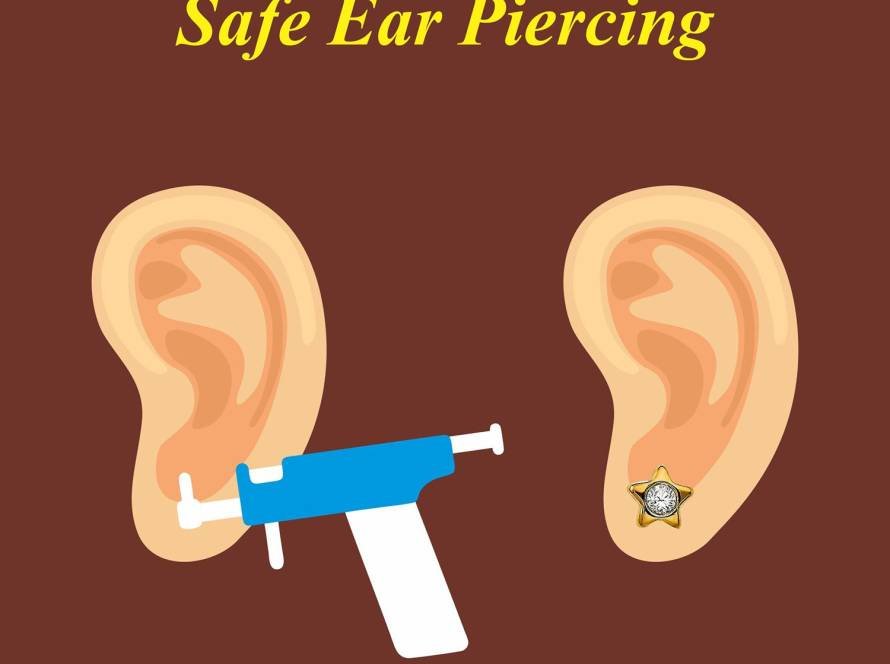Breath Actuated Inhalers for Children: A Smart Choice for Asthma Management?
Managing asthma in children effectively requires the right medication delivery system. Inhalers play a crucial role in delivering asthma medication directly to the lungs, helping relieve symptoms and prevent flare-ups. Among the various types available, Breath Actuated Inhalers (BAIs) have emerged as an alternative to traditional pressurized metered-dose inhalers (pMDIs) and dry powder inhalers (DPIs). But how do they compare, and are they the right choice for children?What Are Breath Actuated Inhalers?
Breath Actuated Inhalers (BAIs) are devices that automatically release a pre-measured dose of medication when the child inhales. Unlike traditional pressurized inhalers that require manual coordination between pressing the canister and inhaling, Breath Actuated Inhalers (BAIs) eliminate this step, making them easier to use for some children.Benefits of Breath Actuated Inhalers for Children
- No Need for Hand-Breath Coordination – Unlike standard pMDIs, where pressing and inhaling must be synchronized, Breath Actuated Inhalers (BAIs) release the medication automatically when the child takes a breath. This reduces errors and improves medication delivery.
- More Effective Drug Deposition – Since Breath Actuated Inhalers (BAIs) work on inhalation effort, they ensure that medication reaches the lungs effectively, improving asthma control.
- User-Friendly – Breath Actuated Inhalers (BAIs) are easier to use, especially for younger children and those who struggle with hand strength or dexterity.
- Lower Risk of Incorrect Usage – Children may not always use standard inhalers correctly. Breath Actuated Inhalers (BAIs) minimize errors by simplifying the inhalation process.
- No Need for a Spacer – Traditional inhalers often require a spacer to ensure better drug delivery. BAIs reduce or eliminate this necessity, making them more portable.
Drawbacks of Breath Actuated Inhalers
- Requires a Certain Inhalation Strength – Unlike pMDIs, BAIs require the child to inhale with sufficient force to trigger medication release, which can be challenging for younger children or those with severe asthma.
- Limited Availability of Medications – Not all asthma medications are available in Breath Actuated Inhalers (BAIs) format, potentially restricting treatment options.
- More Expensive – Breath Actuated Inhalers (BAIs) can be costlier compared to standard inhalers, which might be a concern for some families.
- May Require Training – While easier to use overall, children still need to learn proper inhalation techniques for maximum effectiveness.
- Bulky Design – Some Breath Actuated Inhalers (BAIs) are larger than standard inhalers, making them less convenient to carry around.
Are Breath Actuated Inhalers Right for Your Child?
Choosing the right inhaler depends on your child’s age, ability to inhale strongly, and ease of use. If coordination with a standard inhaler is difficult, a Breath Actuated Inhalers (BAIs) may be a better option. However, inhalers with spacers remain the gold standard for younger children, as they ensure better medication delivery with minimal effort. In addition, inhalers with spacers reduce oral deposition of the medication hence reducing absorption into the body minimizing side effects.Breath Actuated Inhalers offer a promising alternative to traditional inhalers, especially for children who struggle with hand-breath coordination. However, inhalers with spacers remain the preferred choice for many children, particularly younger ones, due to their superior drug delivery efficiency. Consulting a pediatric pulmonologist is crucial to determining the best inhaler type for your child’s asthma management.
Conclusion
1. Can all children use Breath Actuated Inhalers?
Not necessarily. Young children or those with severe asthma may struggle to generate the required inhalation force.
2. Are Breath Actuated Inhalers more effective than standard inhalers?
They can be more effective in children who struggle with coordination, but inhalers with spacers are often the best option for drug delivery, especially in younger children.
3. Do Breath Actuated Inhalers replace spacers?
In many cases, yes. Since medication is released automatically, the need for a spacer is reduced, but inhalers with spacers are still recommended for ensuring the best drug deposition.
4. Are Breath Actuated Inhalers available with all medicines?
Limited medicines are available as Breath Actuated Inhalers compared to conventional inhalers or Dry Powder inhalers
5. How can I train my child to use a Breath Actuated Inhaler?
A pediatric pulmonologist or asthma nurse can demonstrate proper technique and provide practice sessions to ensure correct usage.






